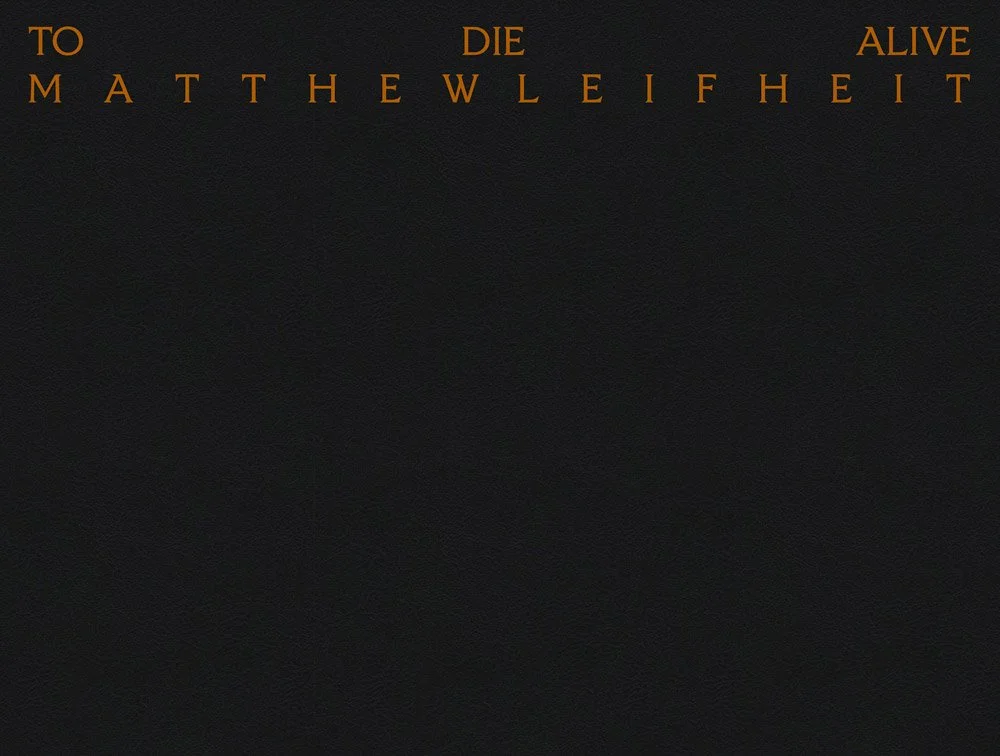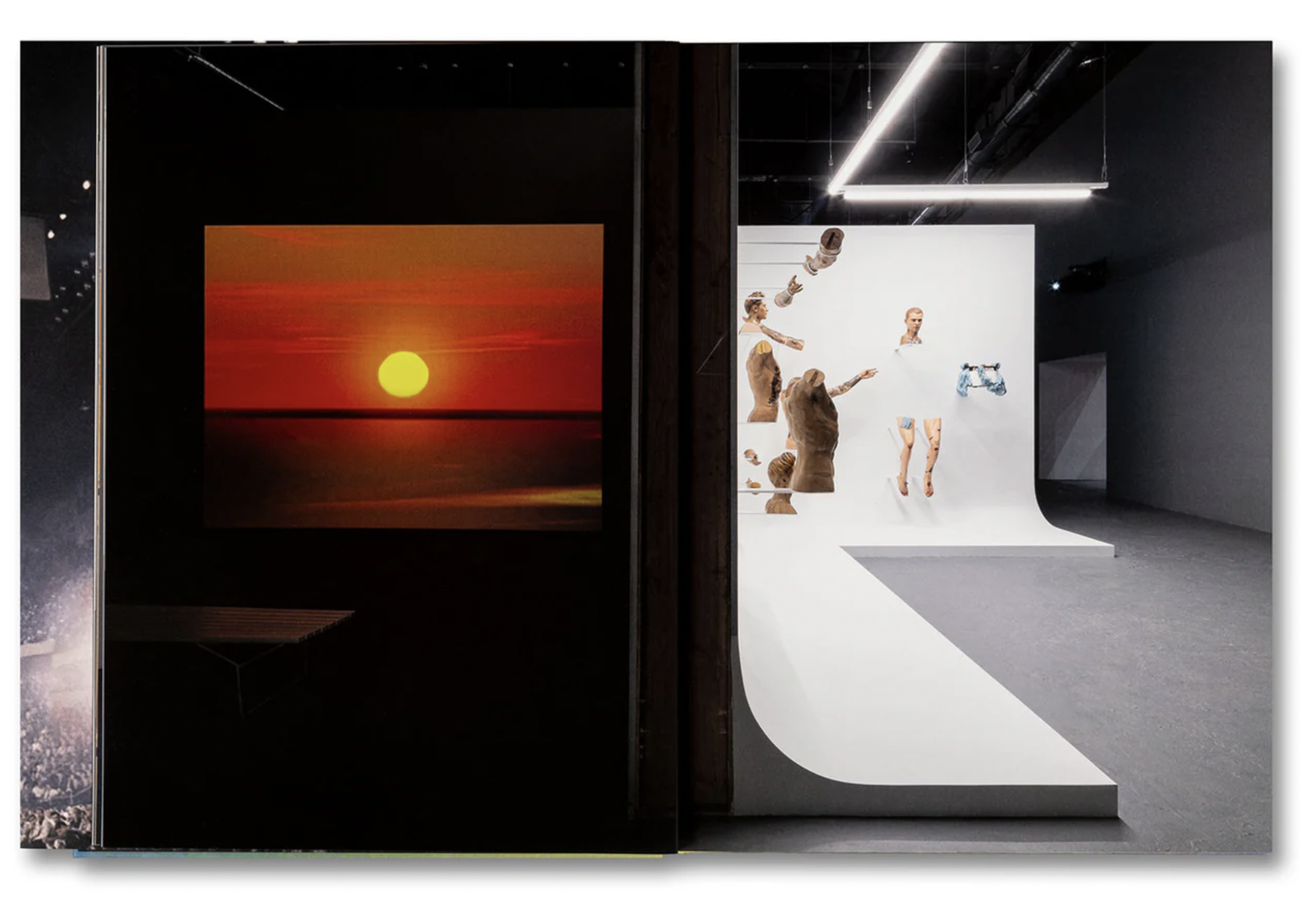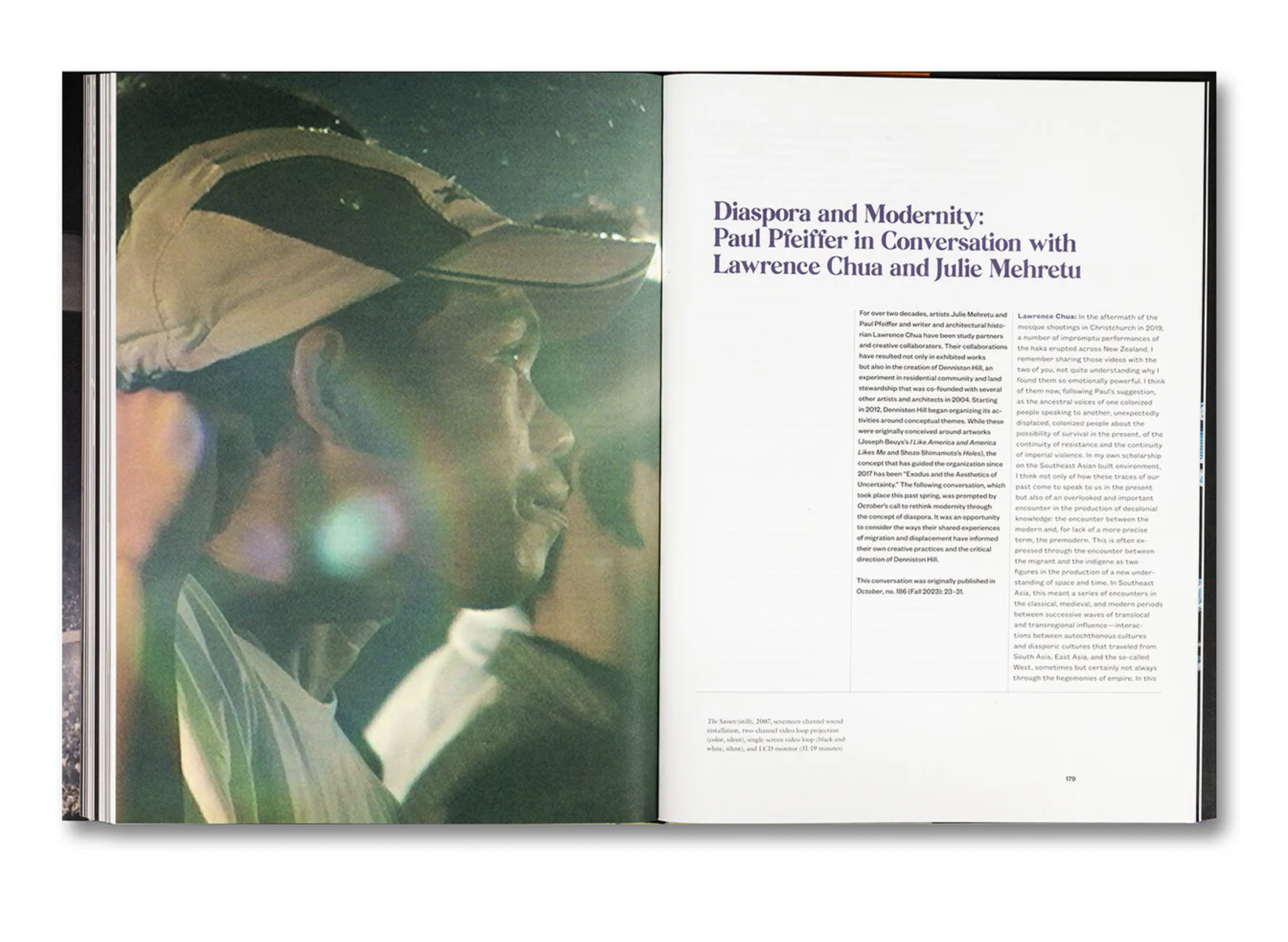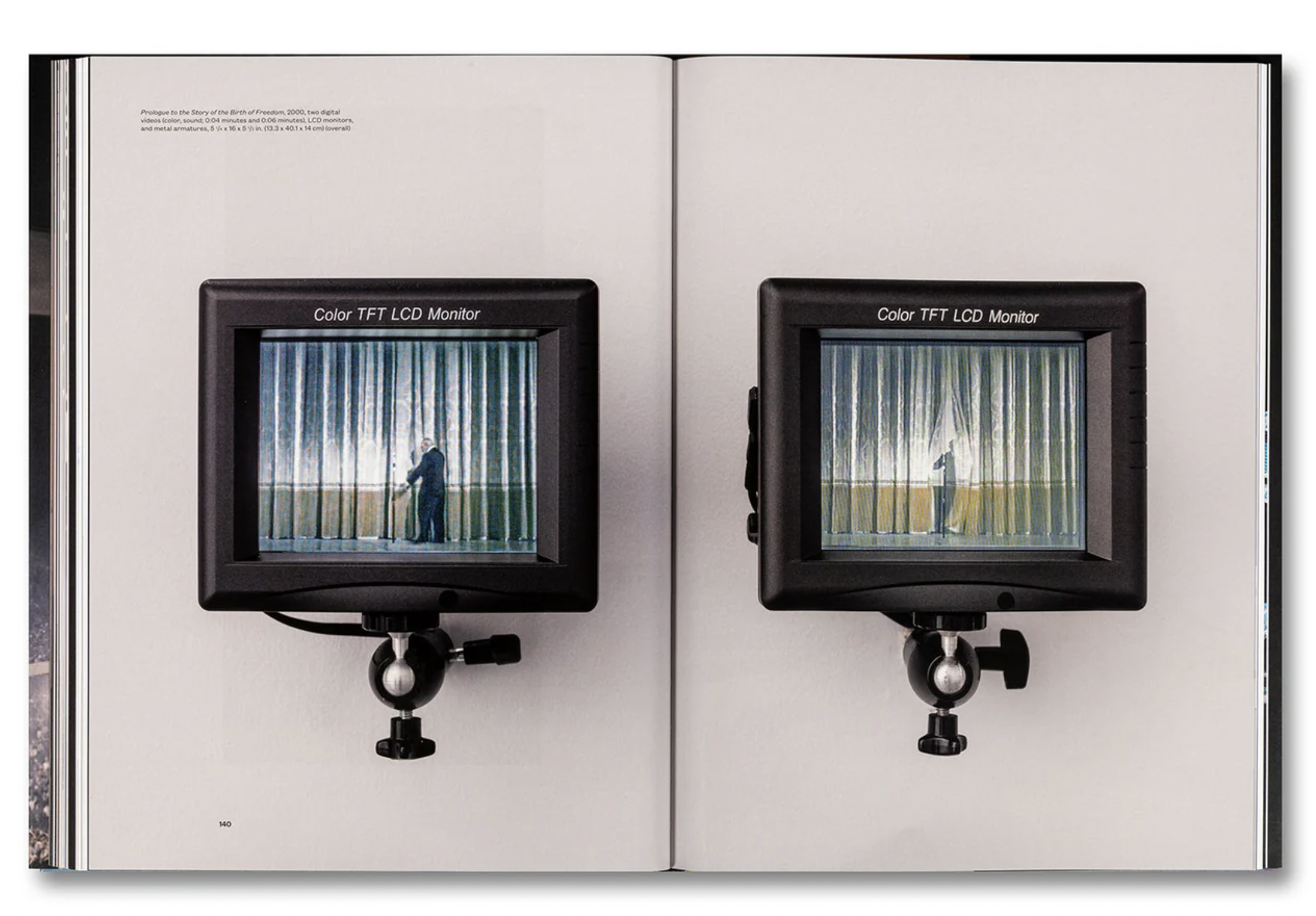Matthew Leifheit: To Die Alive
Featuring 77 color photographs and a faux leather cover, To Die Alive portrays Fire Island’s world of desire and its layers of history: the Ice Palace bar’s infamous underwear party; the men-only Belvedere Guesthouse; clandestine encounters in the Meat Rack; and landscapes in all seasons of the island’s delicate maritime forest. The wide-ranging subjects of Matthew Leifheit’s portraits reflect the intergenerational community who come to the island for refuge or employment, ranging from weekend visitors to sugar daddies to bartenders and sex workers. Tinged with sadness, the book's climax mixes feelings of pleasure with desperation and loss. As homosexuality gains mainstream acceptance, many queer Americans no longer need to go to geographic extremes like Fire Island, Provincetown, Palm Springs or Key West to express themselves. But what is the cost of assimilation? To Die Alive is both romantic and grotesque, challenging the sun-bleached history of homoerotic representation on this fragile island, which itself is under constant threat of erosion by the sea.
Featuring 77 color photographs and a faux leather cover, To Die Alive portrays Fire Island’s world of desire and its layers of history: the Ice Palace bar’s infamous underwear party; the men-only Belvedere Guesthouse; clandestine encounters in the Meat Rack; and landscapes in all seasons of the island’s delicate maritime forest. The wide-ranging subjects of Matthew Leifheit’s portraits reflect the intergenerational community who come to the island for refuge or employment, ranging from weekend visitors to sugar daddies to bartenders and sex workers. Tinged with sadness, the book's climax mixes feelings of pleasure with desperation and loss. As homosexuality gains mainstream acceptance, many queer Americans no longer need to go to geographic extremes like Fire Island, Provincetown, Palm Springs or Key West to express themselves. But what is the cost of assimilation? To Die Alive is both romantic and grotesque, challenging the sun-bleached history of homoerotic representation on this fragile island, which itself is under constant threat of erosion by the sea.
Featuring 77 color photographs and a faux leather cover, To Die Alive portrays Fire Island’s world of desire and its layers of history: the Ice Palace bar’s infamous underwear party; the men-only Belvedere Guesthouse; clandestine encounters in the Meat Rack; and landscapes in all seasons of the island’s delicate maritime forest. The wide-ranging subjects of Matthew Leifheit’s portraits reflect the intergenerational community who come to the island for refuge or employment, ranging from weekend visitors to sugar daddies to bartenders and sex workers. Tinged with sadness, the book's climax mixes feelings of pleasure with desperation and loss. As homosexuality gains mainstream acceptance, many queer Americans no longer need to go to geographic extremes like Fire Island, Provincetown, Palm Springs or Key West to express themselves. But what is the cost of assimilation? To Die Alive is both romantic and grotesque, challenging the sun-bleached history of homoerotic representation on this fragile island, which itself is under constant threat of erosion by the sea.
















